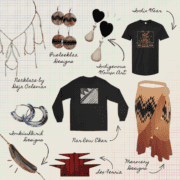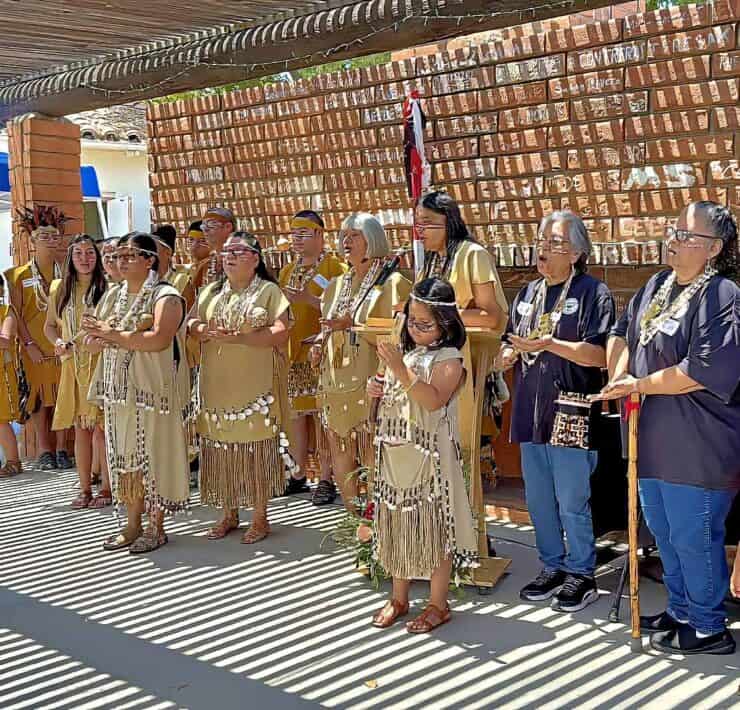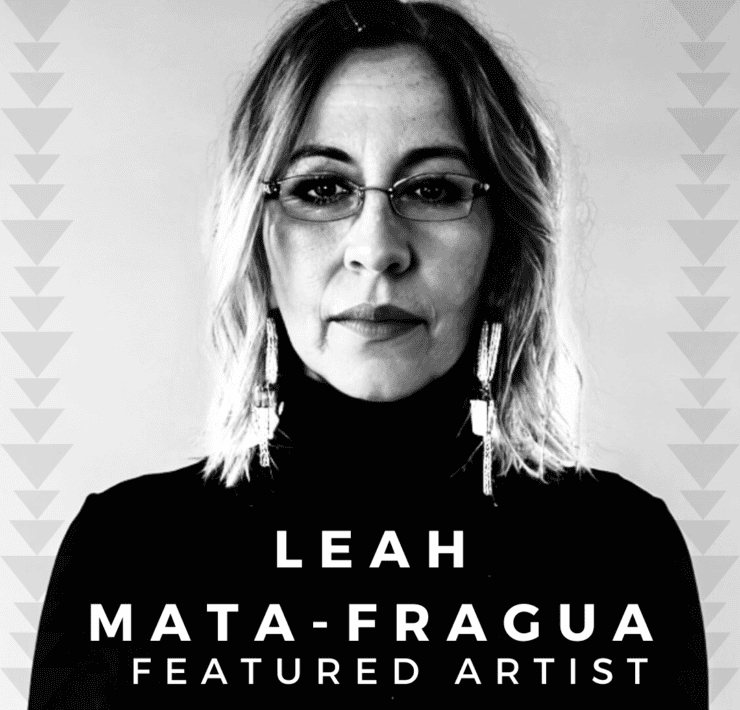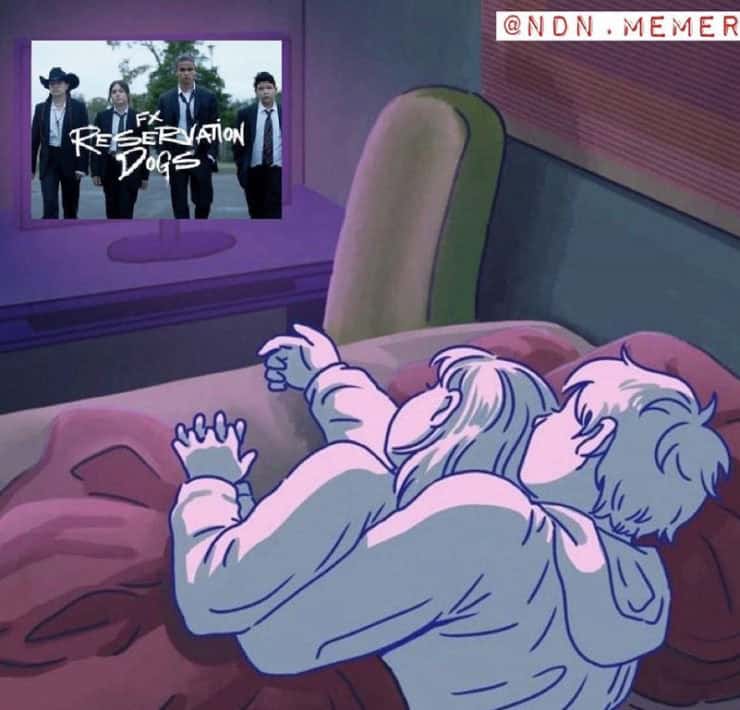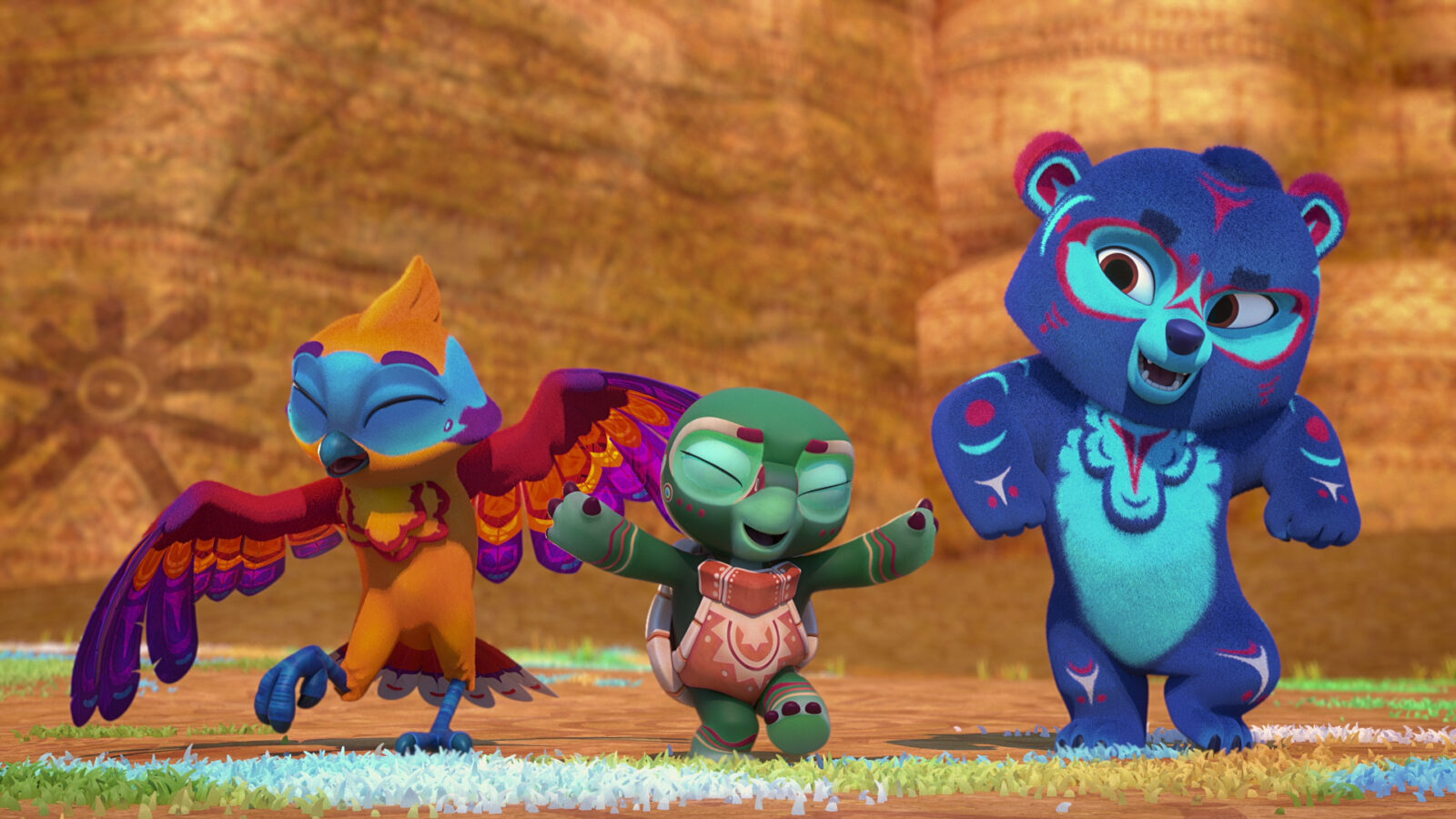
By Emily Clarke
Many of us across Indian country are enjoying watching popular Native shows such as Reservation Dogs and Dark Winds, which are relatively new to the streaming world. With Native media becoming more popular as well as more readily available, some are wondering, what’s next? Karissa Valencia, a member of the Santa Ynez Band of Chumash Indians, has answered that question by creating a new, animated, Native-centric kids show called Spirit Rangers. The show will premiere on Netflix on Indigenous People’s Day (October 10th) and is set to include ten 22-minute episodes full of colorful animation, storytelling, and various Native cultures, including Chumash culture.
The show follows the three main characters, Kodi, Summer, and Eddy Skycedar, who serve as “Spirit Rangers,” protecting the land, animals, and spirits of the California state park they consider home. In each episode, Kodi, Summer, and Eddy magically transform into animals that represent their personalities and various strengths. In Spirit Ranger (animal) form, they are able to interact with the various other animals within the spirit world and help save the day when needed. I personally saw a connection between the character’s transformations and the idea of spirit animals within Native culture, which is a concept that has been greatly colonized and exploited. However, Spirit Rangers seems to gently reclaim the idea of spirit animals by allowing each character’s personality to shine through their animal form. The show is full of fun, colorful, and positive representations of Native culture, and each animal within the spirit world seems to help represent different values within both mainstream and Native cultures.
“I created Spirit Rangers inspired by all the tribal stories I heard growing up and my love for our National Parks. However, it was also created for the Indigenous kids who might still feel invisible. It’s for Native kids (and non-Native kids!) to see us thriving in the present day and exist outside of history books. With this series, I welcome you into our fun and magical Indigenous world,” Karissa Valencia (Creator, Showrunner, and Executive Producer) says.
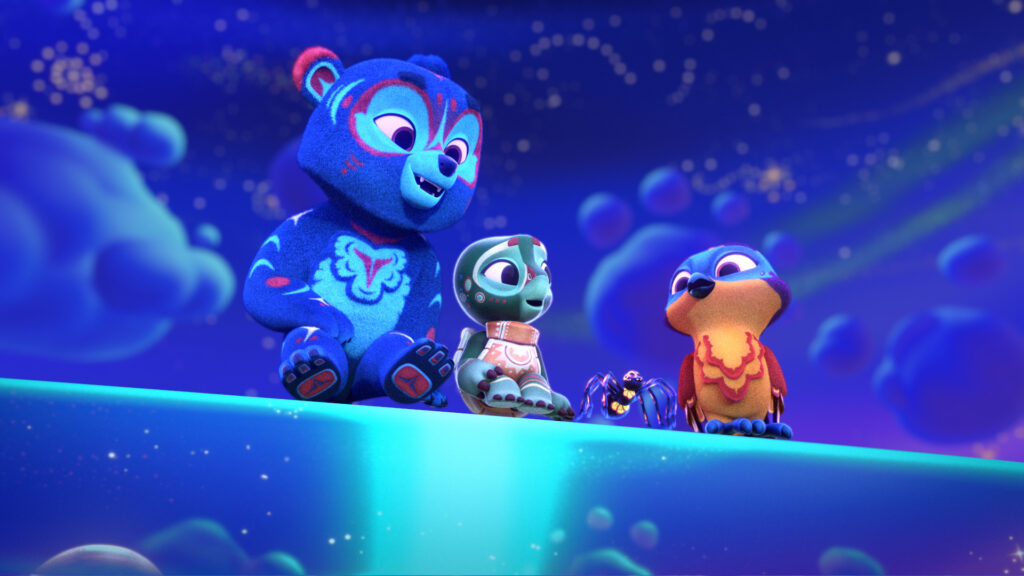
The first episode of Spirit Rangers includes two different stories. In the first half of the episode, viewers are introduced to Kodi, Summer, and Eddy Skycedar as well as various supporting characters as they help a family of mystical Thunderbirds fly home, therefore saving the national park they call home from a frightening thunderstorm. There is inclusion of cultural items throughout the episode, the most notable being the three beaded necklaces that allow the characters to transform into Spirit Rangers. I was delighted to see traditional, colonial gender roles being challenged within the first few minutes of episode one when we are introduced to Kodi, Summer, and Eddy’s parents. The kids’ mother is the park ranger and her character immediately comes off as strong and capable. The dad, a seemingly soft-spoken scientist, is nowhere near a representation of the hyper-masculine provider we often see portrayed in the media. In the second part of episode one, we begin to be introduced to names of animals and places said in the Chumash language. These inclusions are natural and informative without coming off as over-done, and I greatly appreciated how smoothly they were integrated into the storyline.
“When I was a kid, my Dad loved to take my sister and I hiking in our Samala Chumash lands of Southern California. He could name every tree, wildflower, or pawprint we found. As members of the Santa Ynez Band of Chumash Indians, we know that we’re caretakers of our land. So, when I’d come across a State Park plaque or hiking sign that read: “The Chumash used to live here…” or “This lake was once home to the Chumash…” it was baffling to me, especially as a kid who was still forming an identity. All I could think was “I’m right here! We’re still here,” Karissa says.
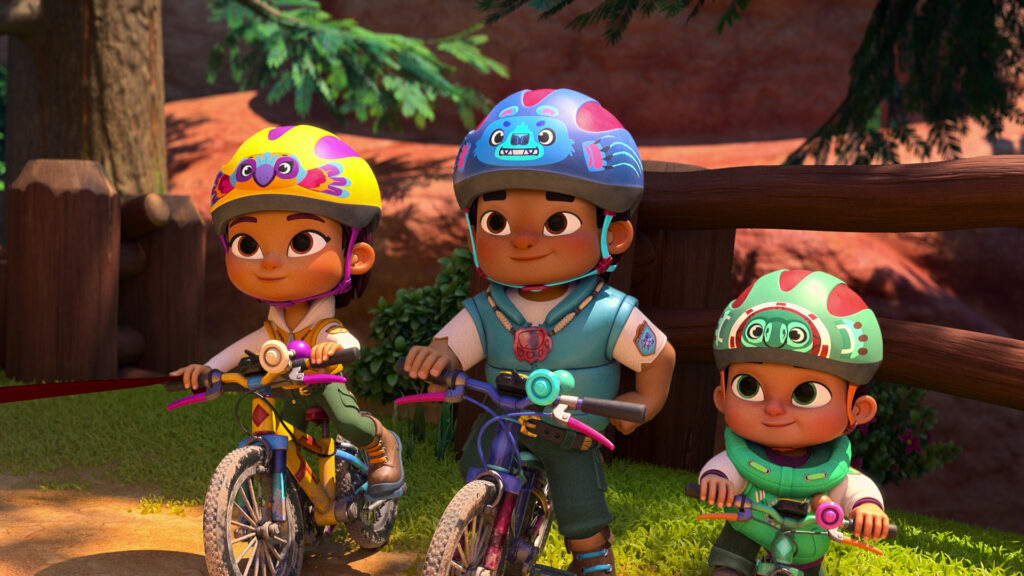
As episode one came to an end, I found myself a bit teary-eyed. Representation is extremely important for communities of color, especially Native communities who have lacked accurate representation for as long as I can remember. However, authentic, positive, and uplifting representation for Native kids is arguably even more vital to our communities. Native youth being able to grow up watching animated media made about them, for them, and in collaboration with them, is not only important, but healing. If you are a Native person reading this, think back to how your childhood may have been different if you grew up with the ability to watch something like Spirit Rangers. Perhaps your view of your culture and yourself would have been more positive, perhaps your non-Native friends at school would be able to understand your identity better, or perhaps, you would have had more moments bonding with other Native kids your age. I’m not saying Spirit Rangers is the magic band-aid that will fix all misrepresentations of Native people, but I think it truly does an amazing job at telling stories Native (and non-Native) children will enjoy and relate to while also teaching valuable lessons rooted in Native culture. There is much to celebrate this Indigenous People’s Day, and Spirit Rangers is definitely one of them. I encourage all of you to tune in and watch with your kids, your family, your friends, and your community. I know I will be.


